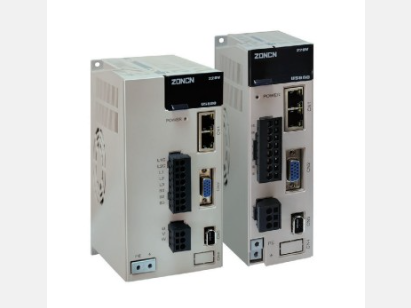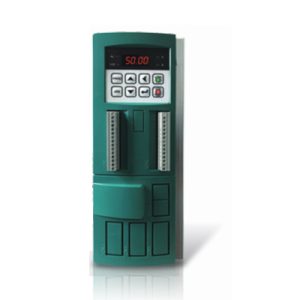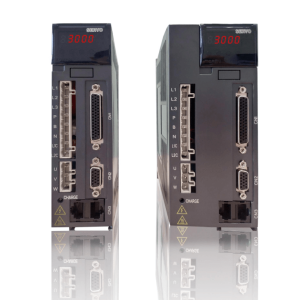Product description
US880 Series High Efficiency and Stable Servo System
Versatile function control; position/speed/torque control; electronic gearing; speed/torque limiting function; home search function; zero-speed locking function; speed command ramp smoothing function; dynamic braking and energy consumption braking function; multiple fault protection function; soft reset function; Ethercat bus communication protocol support; Yaskawa M3 bus communication protocol support
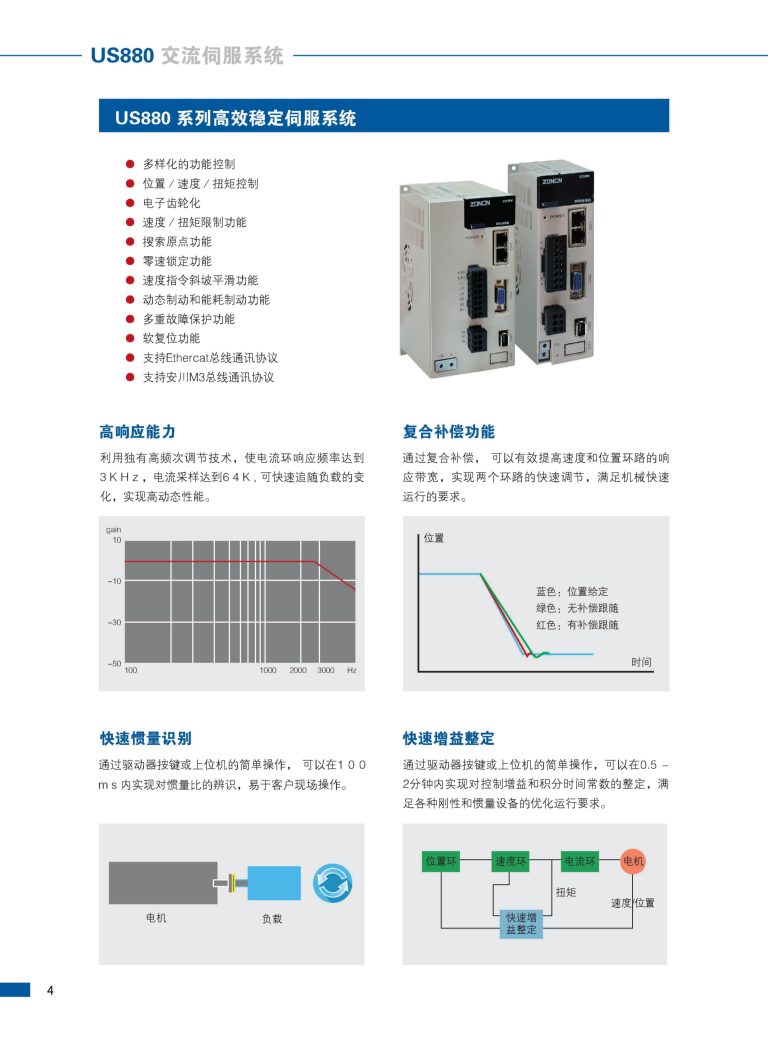
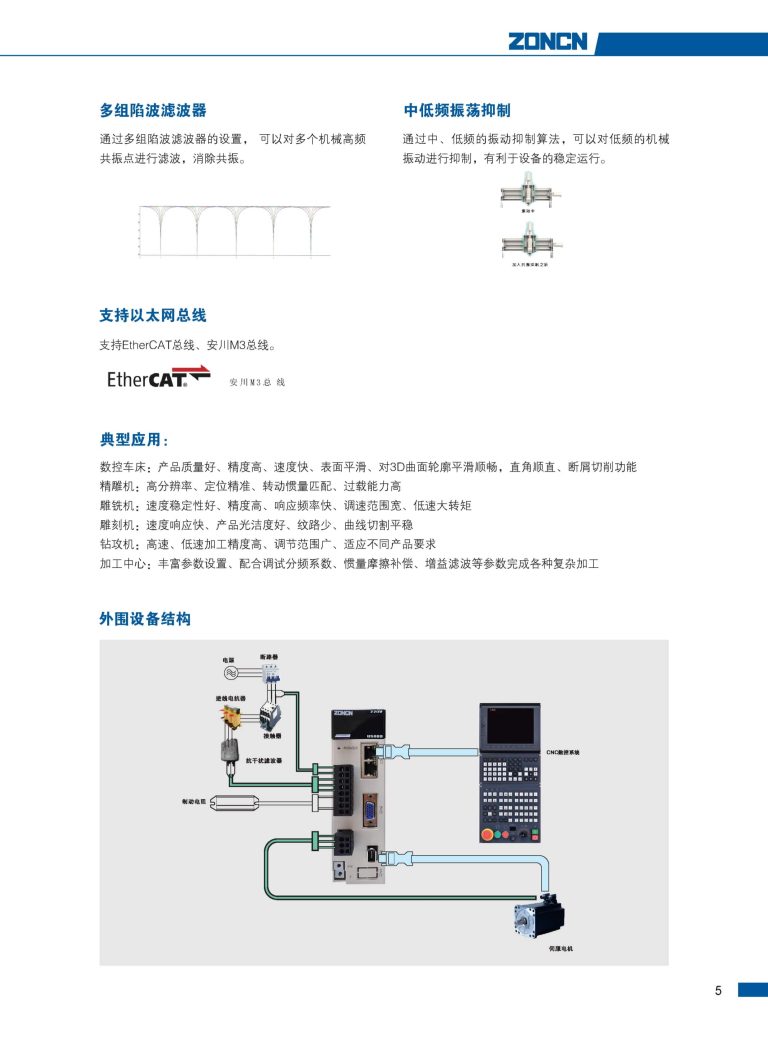
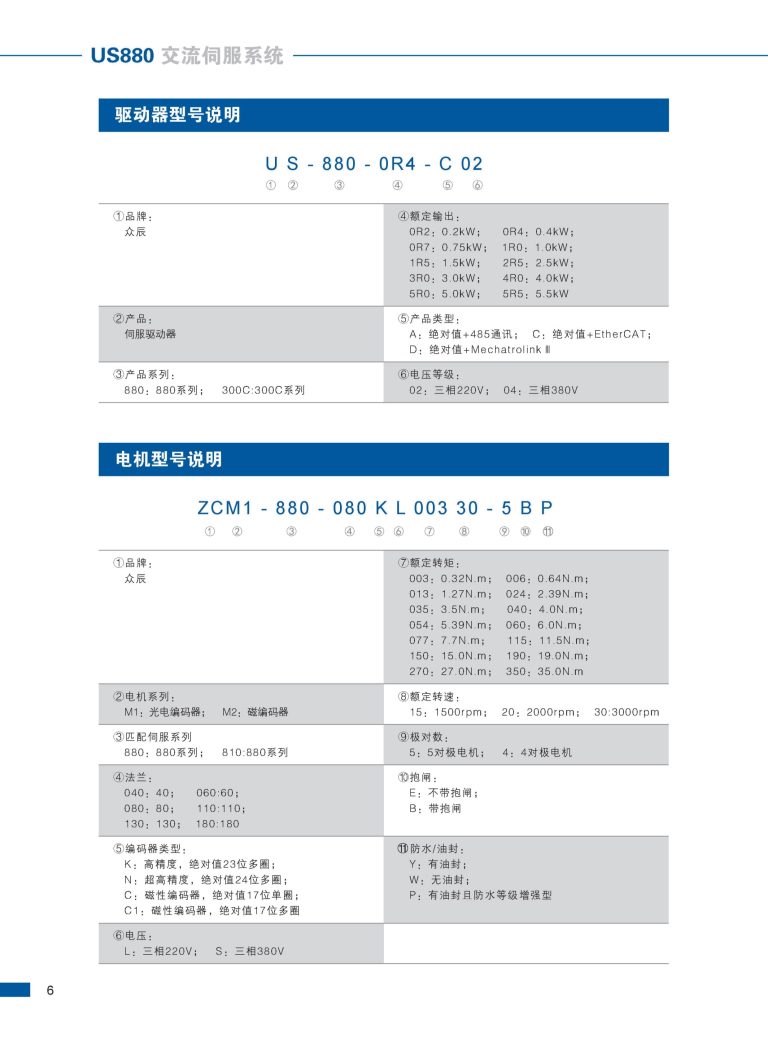
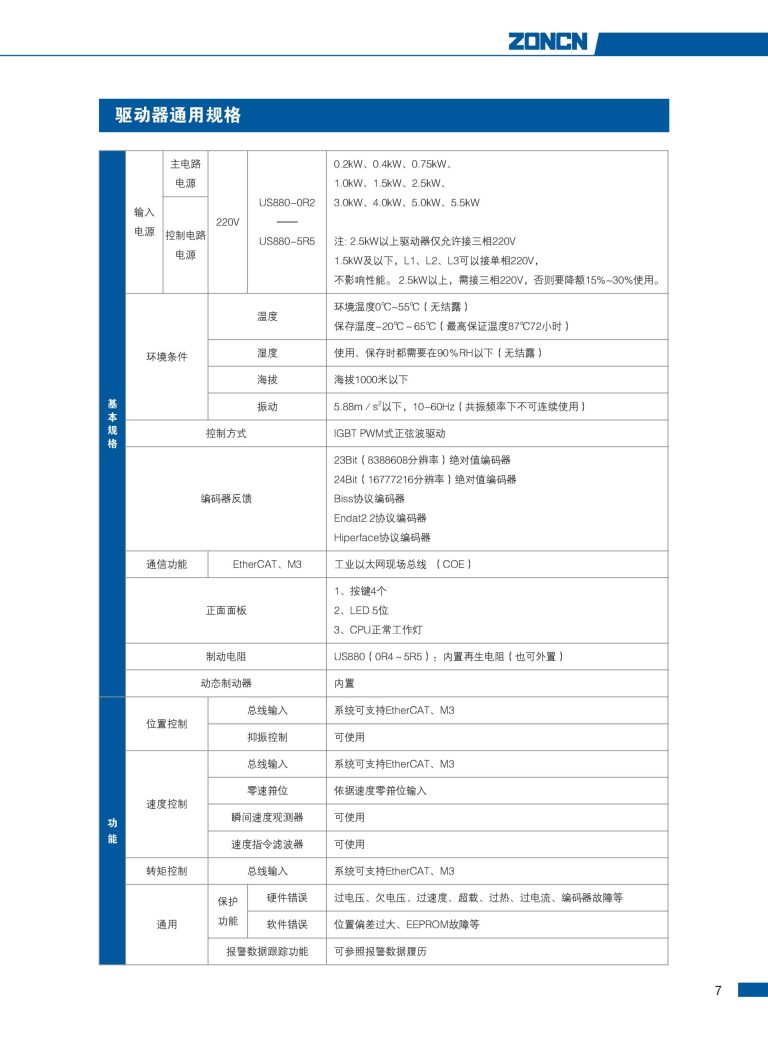

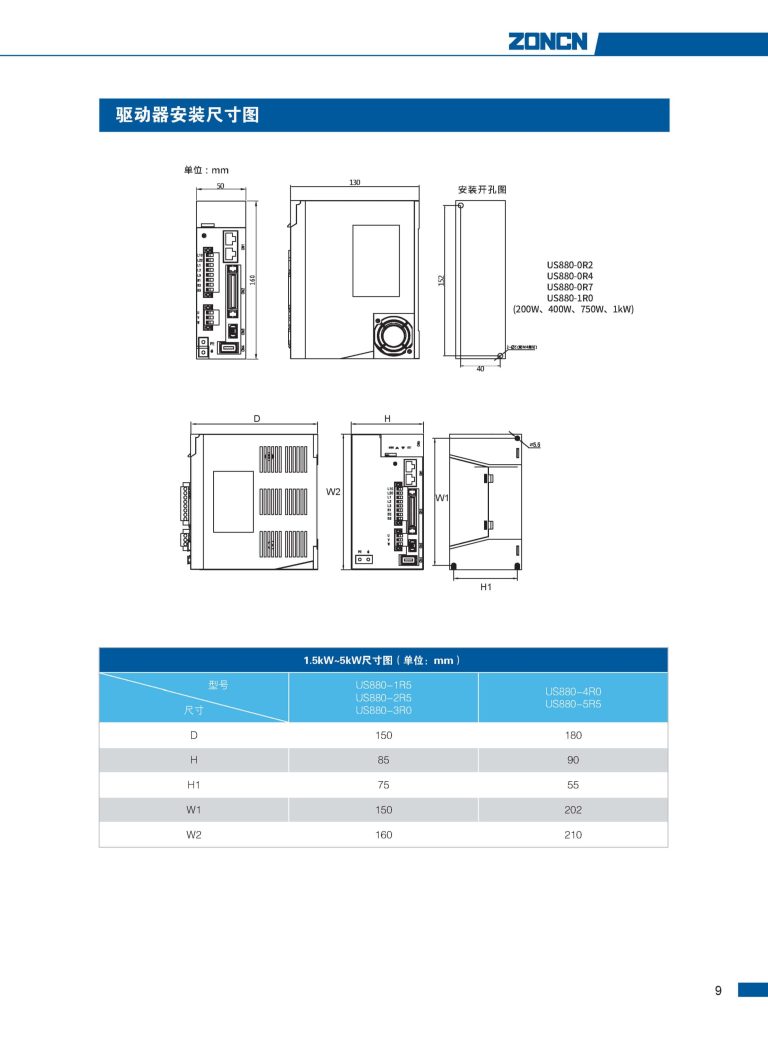

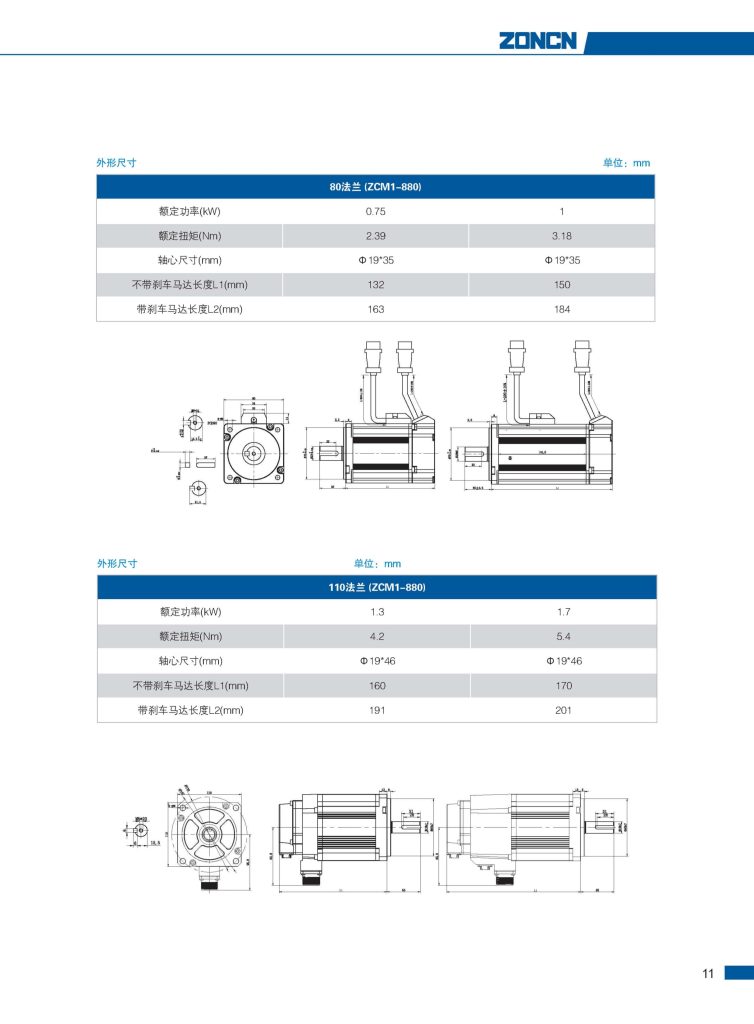


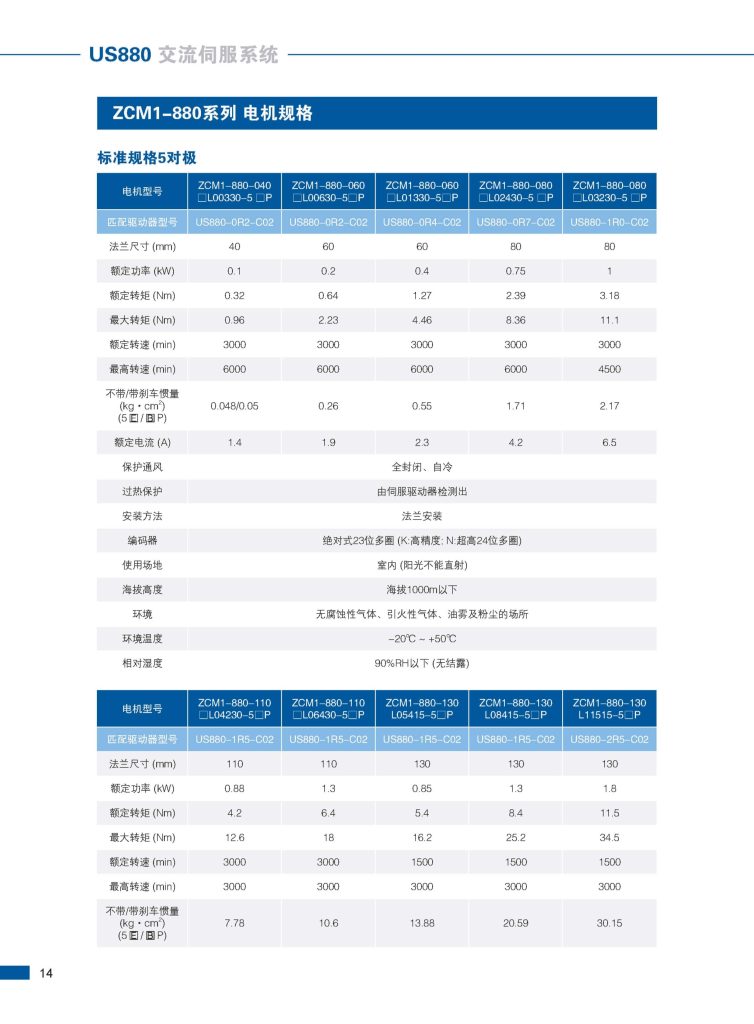

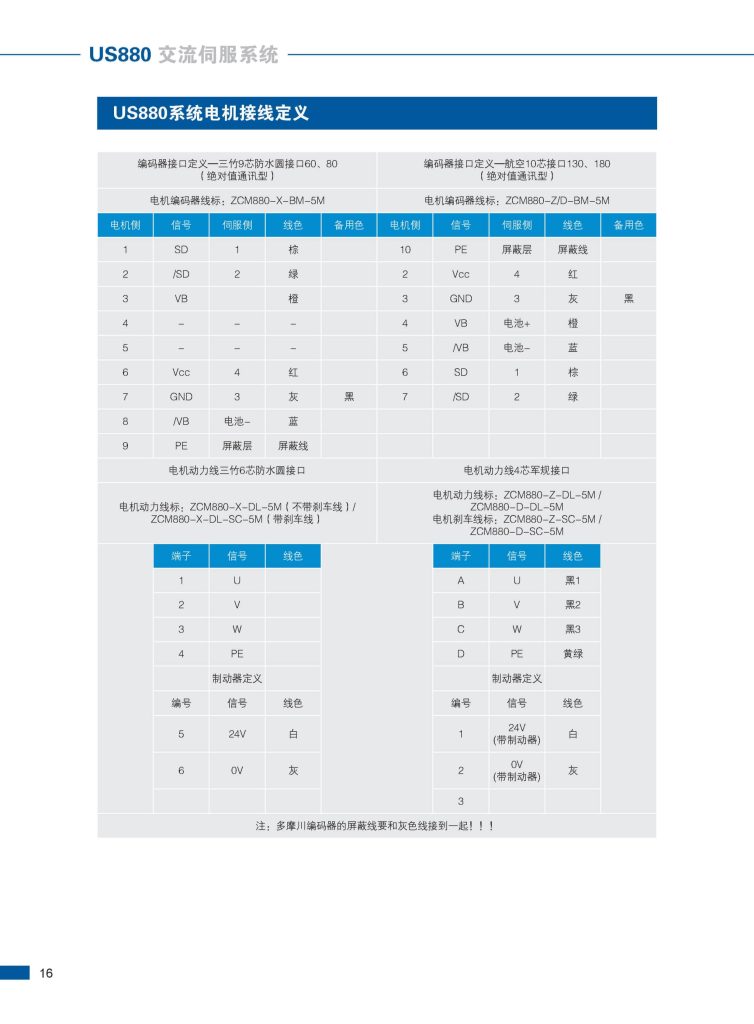
FAQ
What is the Difference Between Frequency Converter And Static Converter?
A static converter converts incoming alternating current (AC) to direct current (DC) through a rectifier, and then converts the DC to alternating current at the desired frequency through an inverter, similar to an inverter, but focusing on frequency conversion rather than motor speed control. Static inverters do not have the ability to adjust the output frequency and are commonly used for aircraft ground power, marine power, test equipment, and other applications that require power at a specific frequency.
In contrast, a VFD inverter is a more versatile device that converts alternating current (AC) to direct current (DC) through a rectifier and then converts the DC to alternating current at a different frequency through an inverter, which regulates the speed of the motor by varying the speed of the motor. Inverters are widely used in industrial automation, HVAC systems, pumps and fans where speed control is required.

